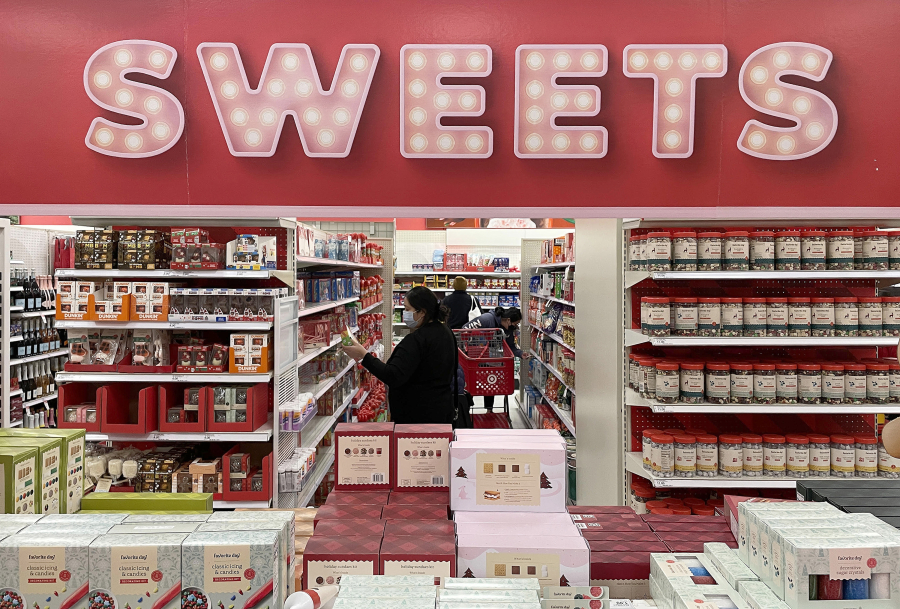Bonbons and candy canes may dominate the American holiday aesthetic, but U.S. confectionery companies are feeling anything but jolly as they head into one of the sugar market’s tightest years in recent memory.
Prolonged droughts in major cane-producers Mexico and Louisiana have helped push U.S. sugar futures to the highest ever for this time of year and forced users to turn to high-cost imports instead. Sweets-makers paying up to snag supplies are choosing to protect their margins by raising prices for consumers — and hoping shoppers don’t balk at the mark-up.
“We just found that it was better to just pay more for sugar and pass it along to the consumer than to be completely out of sugar,” said Kirk Vashaw, chief executive officer of Dum Dums lollipop maker Spangler Candy Co. “And there’s a lot of other companies that I think thought the same thing.”
Candy is big business in the U.S.: Confectionery retail sales are forecast to be $48.8 billion this year, according to consumer research group Euromonitor International. With about 1,600 manufacturing sites across all 50 states, the U.S. sector employs more than 200,000 people, the National Confectioners Association estimates — with more than double the number of indirect roles, like suppliers.



